Everything was going smoothly during the investigation of the refinery until I reached the basement. The underground complex turned out to be a perfect hiding place for the terrifying xenomorphs from Aliens: Dark Descent. Since my squad of Colonial Marines entered, they have been relentlessly harassed by these nightmarish creatures designed by H.R. Giger. Now, they find themselves cornered in a narrow corridor, desperately trying to fend off the xenomorphs' relentless advance. One of the marines works on hacking a control panel to open an escape route, but time is running out, and the cramped space offers no means of evasion.
In the nick of time, Sergeant Kurtz steps up with his trusty shotgun and takes a shot at the approaching xenomorphs. Although it stuns the leader of the pack, the Praetorian, the situation remains dire. Finally, Tekker MacDonald successfully cracks the door code, allowing the squad to escape, but not without a last stand of intense firepower and a well-placed grenade that finally takes down the xenomorphs.
Despite surviving this harrowing encounter, my marines are in bad shape, low on supplies, and overcome with fear. Though we are close to completing the mission, I decide to retreat and return with fresh troops. The xenomorphs will likely be stronger, but it's a risk I'm willing to take.
Among the various attempts to replicate the tension and action of Aliens, Dark Descent stands out as the first game since AvP 2 to truly capture the essence of the film. Developer Tindalos Interactive has skillfully blended stealth, strategy, and intense gunfights to create a captivating real-time tactics game that does justice to James Cameron's masterpiece.
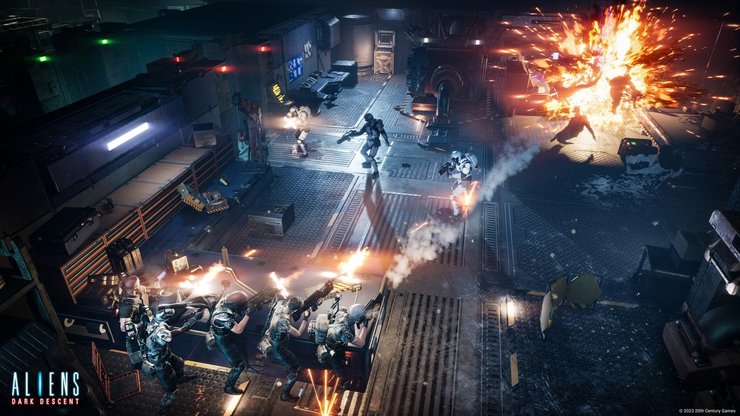
Less yapping, more shooting
Dark Descent begins with its weakest aspect, which is the setting on Lethe, a moon infested with xenomorphs and owned by the Weyland Yutani tech-startup. The Colonial Marine frigate U.S.S Otago has crash-landed there, and the game unfolds through an elaborate prologue that also serves as a tutorial, explaining the cause of the crash. While Tindalos Interactive manages to capture the cinematic essence and soundscape of the original films directed by Ridley Scott and James Cameron, the script falls short in terms of wit and subtlety. The dialogue feels forced and awkward, detracting from the overall experience.
However, once you find yourself stranded on Lethe, the game compensates for its narrative weaknesses with the stories you create. In the linear-ish campaign, you lead a four-person marine team on various missions across the moon to either improve your situation or investigate the infestation of bugs. One such mission takes you to a replica of Hadley's Hope named Dead Hills, a vast colony with multiple buildings spread across different floors, including a bar, an armoury, a clinic, a command centre, and intricate mining tunnels below.
Unlike most tactics games, Dark Descent lets you control the entire squad simultaneously, moving them with the right-mouse button and interacting with the environment using the left. Though unusual at first, this approach makes sense as it highlights the vulnerability of your marines when isolated. While exploring the mission area, your shoulder-lamp helps you interact with objects, and the motion-tracker in the bottom-right corner of the screen detects movement within a 60-meter radius. It becomes essential to avoid the highlighted skittering white dots on the tracker since encountering the xenomorphs is not only dangerous but progressively worse with each encounter.
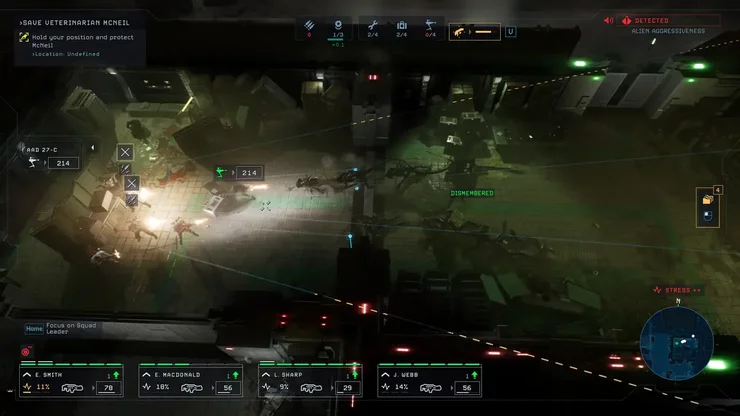
Once a xenomorph detects your presence, the hive is alerted, and the creatures enter hunt mode, actively pursuing your location. Your squad automatically fires at the aliens to hold them off, but this alone rarely proves sufficient to halt their advance. To access a more elaborate skill menu, you can press the spacebar. From there, you can employ tactics like suppressive fire, which slows down encroaching aliens in a wide cone, or use grenades and shotgun blasts to eliminate specific threats. However, the use of these skills requires Command Points, and by default, you only have three in your pool. While they regenerate automatically, the process is slow.
Hence, the core of Dark Descent's tactical gameplay involves effectively deploying these abilities, understanding when to stand your ground and when to change tactics. Nevertheless, no matter how adeptly you fend off the xenomorphs, there will be lasting consequences from the encounters. Each attack you make increases the aggressiveness of the aliens, indicated by a creeping ticker in the top right of the screen. As this ticker escalates, more aliens will appear in the mission area, and eventually, a massive horde will come your way.
Additionally, these attacks also raise your squad's stress levels, leading them to shoot more erratically and consume more ammunition. To alleviate stress, they can use Naproleve pills or take a quick rest by welding the doors of a room shut. However, both of these options consume vital resources, adding to the strategic depth of the game.
Bug spray
All of these elements come together to create an exhilarating and suspenseful experience, akin to a thrilling rollercoaster ride. Even a single xenomorph entering a room can escalate into a prolonged and intense battle, leaving your marines terrified, injured, captured, or worse, dead. And all of this happens before you even consider completing your objectives, which are often complex and unforgiving, just like your encounters with the xenomorphs.
For instance, in Dead Hills, you must locate the command center and use it to find six missing colonists, escorting each one to your ARC from their hiding spots. The mission is vast, relentless, and exhausting, making it unlikely to finish in one sitting. A crucial aspect of Dark Descent is knowing when to abort a mission and retreat to the Otago to recover and send a fresh squad the next day.
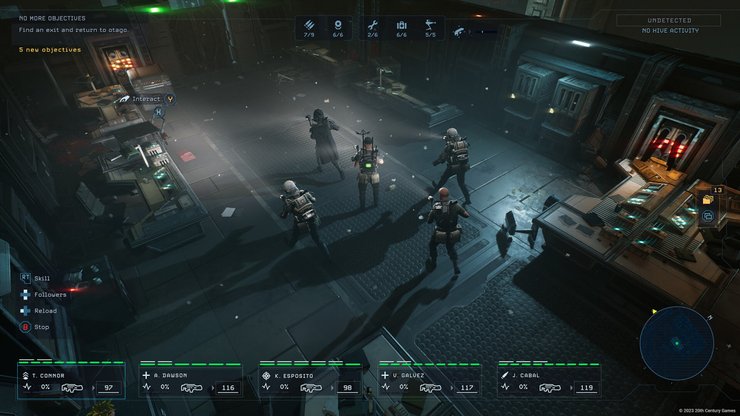
Back at the Otago, Dark Descent takes on more of an XCOM-like strategy layer, where you manage your marines. You can treat their physical and mental wounds, promote them to unlock new skills, equip them with better weapons acquired from resources gathered during missions, and research new technologies using xenomorph samples. While not as deep as XCOM's strategy layer and more derivative than the actual missions, it serves a vital purpose. Every passing day increases the infestation level of Lethe, so giving your marines a break between missions poses a risk of the situation becoming more perilous when they return.
The combination of these ideas creates numerous emergent challenges, both on a small scale, such as deciding where to set up defenses during an impending alien onslaught, and on a larger scale, like revisiting previous missions to gather additional resources and retrieve abandoned sentry turrets. Some minor issues exist, like marines occasionally getting stuck on the environment, and repetitive dialogue from the squad. However, it is in the storytelling where the quality noticeably declines.
Comparing Dark Descent to Isolation for Alien, it successfully follows a similar path in building a game that embraces the themes and ideas of the film Aliens. While its execution isn't quite as flawless, it's still a highly enjoyable and authentic Aliens game, making it one of the best in the franchise.
>>> Read more: Top 5 Best Resident Evil Games To Play In 2022
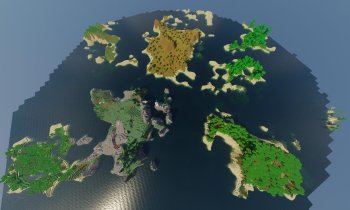

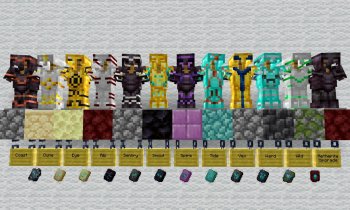
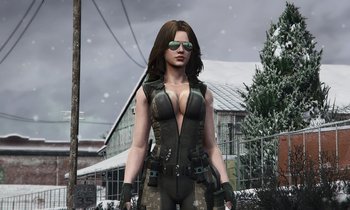






Comments